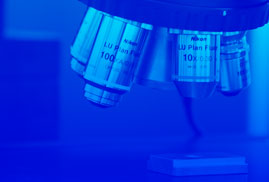Welded joints constitute a critical point in the material. Cracks, inclusions or lack of fusion can be a reason for rejecting welds. Therefore, the detection of the defects is vitally important to ensure the quality of the joints. In this area, the use of Active Thermography as a Non-destructive Test (NDT) for the automatic characterisation of surface defects involves the need to develop new processing techniques for the images captured by the thermal camera. Thus, it is intended to improve the capability of the Active Inductive Tomography technique for the automatic characterisation and assessment of surface defects by enhancing the discontinuity profiles and facilitating their detection, all with out contact with the workpiece under analysis. For this, various image processing algorithms have been developed, based both on mathematical operations and on statistical methods, in order to condition the images and facilitate the automatic detection of the indications.


